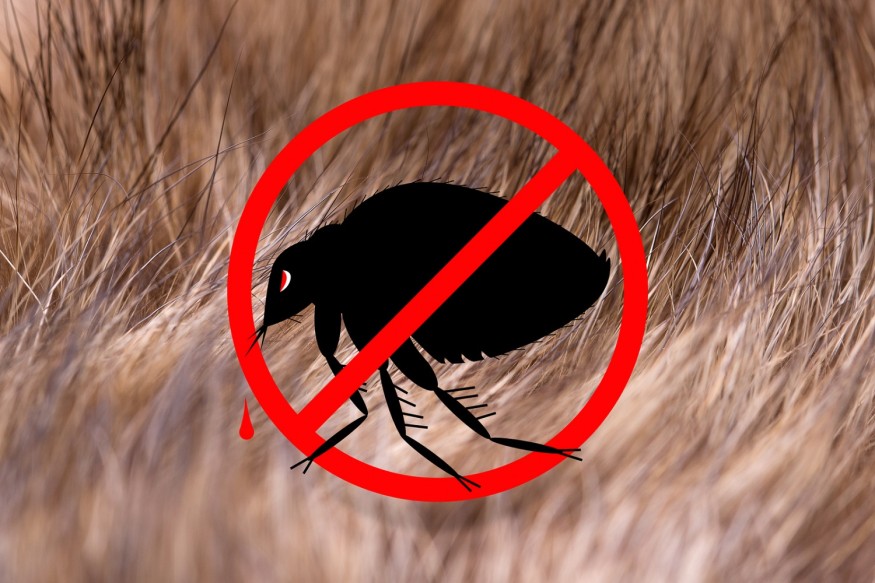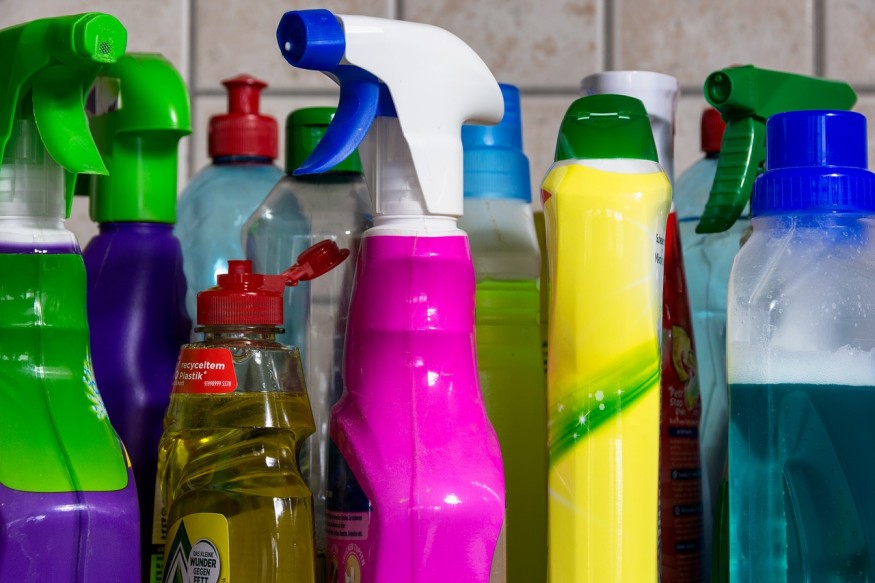As we start leaving the cold winters, people should look forward to socially distanced hikes, picnics, and, finally, more time outside as the weather warms up.
On the other hand, warmer conditions also mean more flea activity, which is really not a good thing.

According to Douglas Kratt, DVM, president of the American Veterinary Medical Association, "fleas prefer a hot, humid environment." Flea infestations are aggravating, but by implementing a multi-step care protocol and listening to your local veterinarian's recommendations, you can successfully prevent an epidemic from occurring.
"Preventive care is far more preferable to treatment," said Heidi Cooley, DVM, a veterinarian. Regular baths, in addition to frequently washing your pet's bedding, are a good practice. Hot water and soap kill fleas, and frequent washing is one of the easiest ways to prevent fleas from spreading. If your pet isn't on a flea control program, you may want to start them on one.
Here's are easy steps that can help you start a program that may help take care of a potential flea problem!
Use a Flea Comb

To get rid of fleas, vets suggest cleaning your pet with a flea comb first. Pay careful attention to the area around the neck and at the base of the tail.
A flea comb's teeth are spaced to catch fleas while allowing your pet's hair to slip through. Flea combs also assist in the disposal of flea feces, also known as "flea dirt," and made of dark brown or black specks that mimic pepper flakes. When combing around your pet's neck and tail sections, be extra cautious. Fleas like to feed in this region.
Schedule Regular Baths

Use soap and warm water to clean your cat. Keep in mind that shampoos will dry out the skin and have a very short time of efficacy, so they're not ideal for long-term parasite prevention.
Fleas can be extracted from your pet's hair and skin with either lukewarm water or water and a soft soap. If you're considering using a flea shampoo or related product, consult your veterinarian first. Your pet's skin may be particularly susceptible if it is allergic to fleas (your doctor may call it flea allergy dermatitis). This is also valid if your pet's skin has several other open wounds or "raw marks." Flea products contain additives that can aggravate inflammation and infections.
Disinfect the Surroundings

Make sure your house and pet are flea-free.
After taking care of your pet's fleas, it's time to deal with an infestation in your house. According to the American Kennel Club, it takes three to four months to entirely eliminate a flea infestation, and fleas take this long to go through their life cycle - all the more reason to perform prevention steps daily.
"Killing the fleas that aren't on your cat or dog is the true fight against fleas," Cooley clarified. "For any flea you spot on your cat, there are 99 more lyings around in your house, car, or yard."
Use Flea Collars
Using a DEWELPRO flea collar for dogs is one way to easily bring the active ingredients that kill or repel fleas. Some collar designs make it easy to spread the active ingredients into the dog's body. There are flea collar designs that use ingredients which release a strong fragrance that repels or kills the fleas. Others work by releasing a controlled amount of the ingredients to your pet's skin, coat, and hair. The fleas are then killed once they come in contact with the active ingredients. This mechanism works until the collar must be replaced.
Ensure that you read the packaging carefully to ensure that you get what you need for your dog. For example, if it's labelled as flea repellant only, it may not help address an existing flea infestation. Make sure that it's indicated that it can kill and repel fleas.
Use Diatomaceous Earth
Diatomaceous earth or DE is a white powder that's obtained from fossilized remains of algae. It's not harmful for animals and humans, so it's a safe flea solution. When fleas come in contact with DE powder, it creates holes on their skeleton, which results in dehydration and, eventually, death. Sprinkle DE powder around the dog's bedding and other areas where fleas may reside. You may also sprinkle a small amount of DE into your dog's fur.
Use Veterinary Products

The easiest way to deal with fleas is to avoid them in the first place. Collars, topical applications, and oral drugs are the three primary techniques in this respect. The right choice for your pet is determined by their diet and the recommendations of their veterinarian.
Read also: Treating Pets with Separation Anxiety: What to do to Keep Your Pets Feel Emotionally Safe
For more news about the latest animal trends, don't forget to follow Nature World News
© 2025 NatureWorldNews.com All rights reserved. Do not reproduce without permission.





